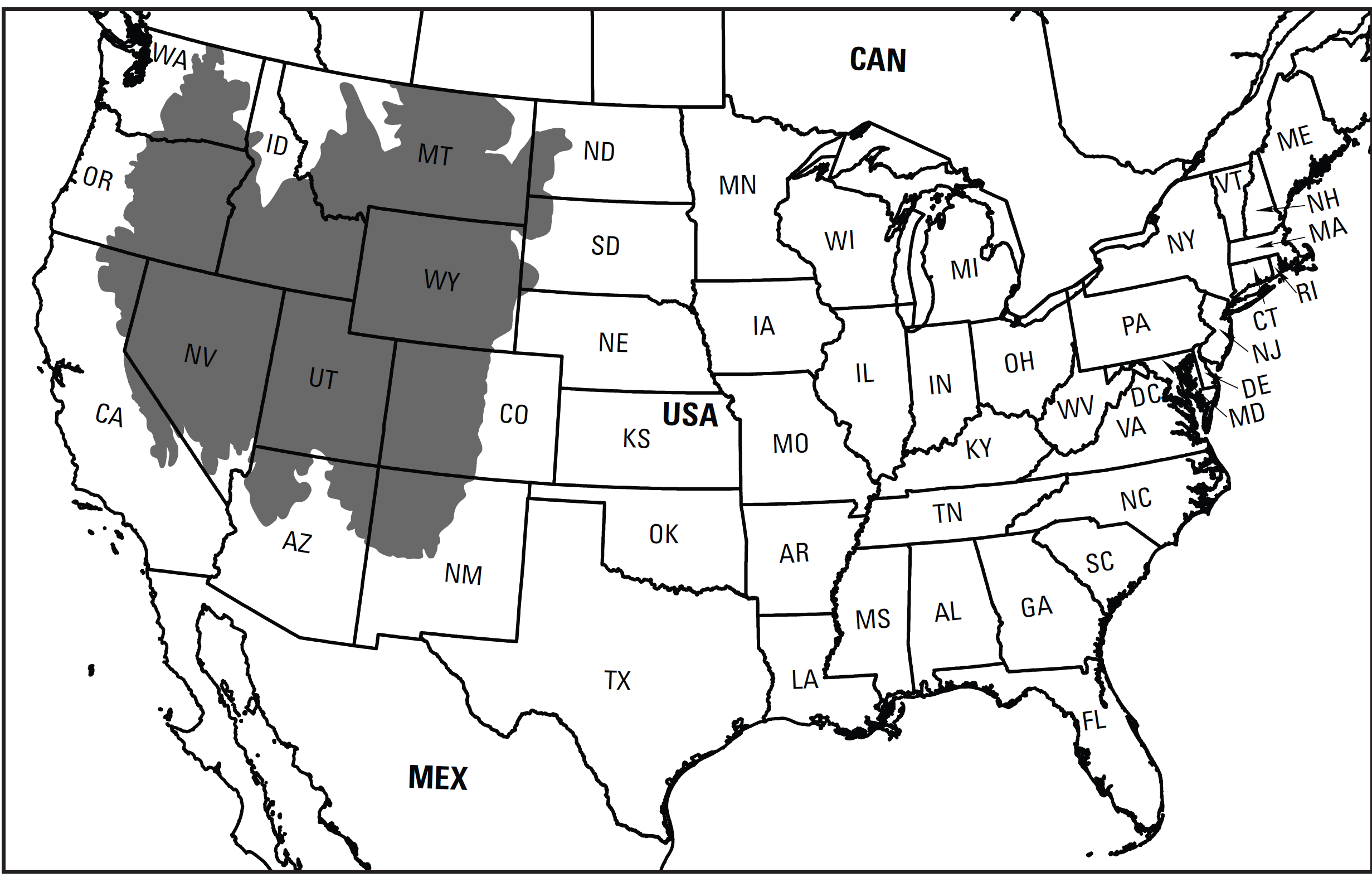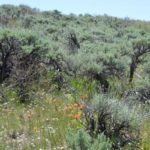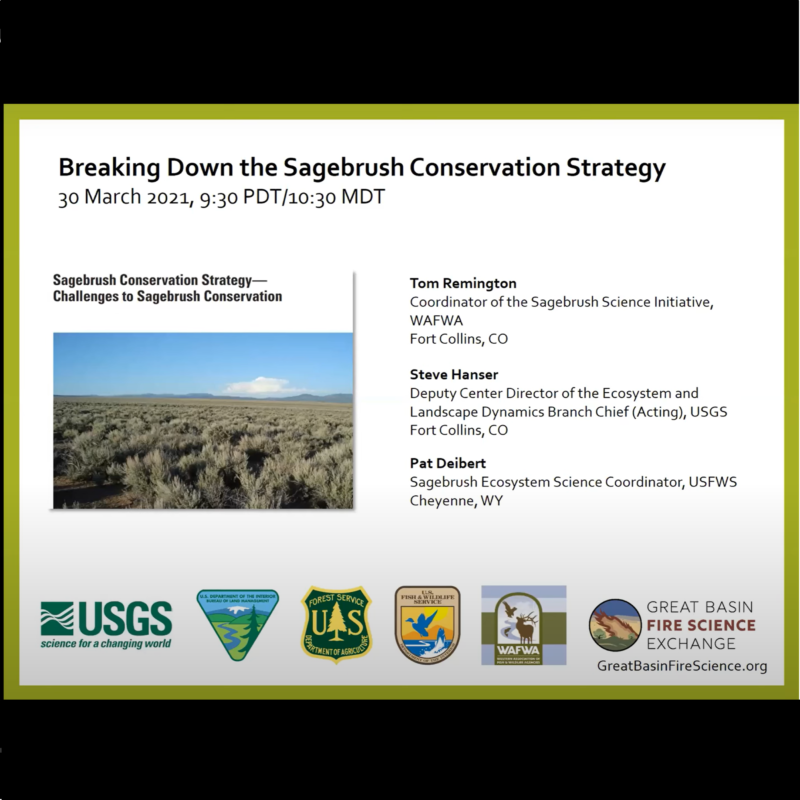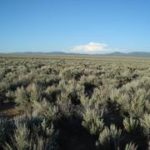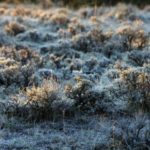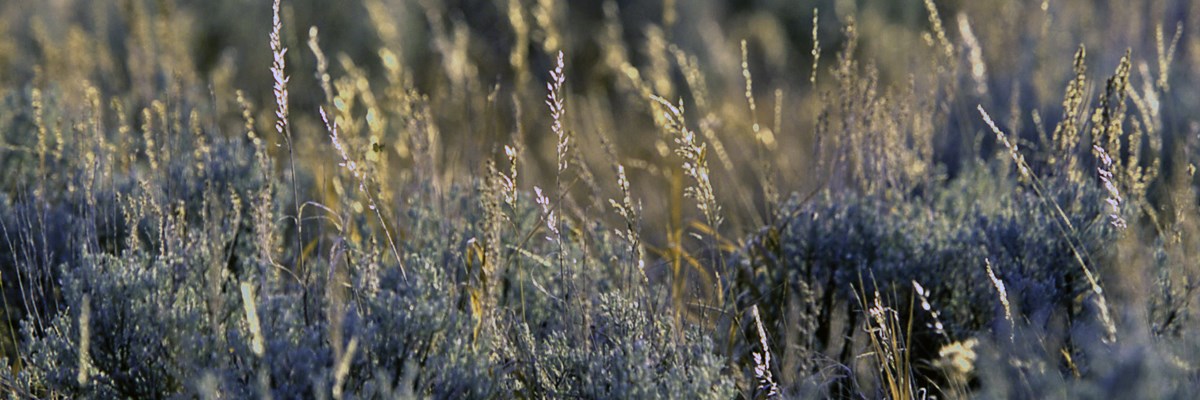
Considered one of the most imperiled ecosystems in the world




The most significant effort bringing together the science guiding the conservation of the sagebrush biome undertaken.
Sagebrush Conservation Strategy
This Sagebrush Conservation Strategy is intended to provide guidance so that the unparalleled collaborative efforts to conserve the iconic greater sage-grouse (Centrocercus urophasianus) by State and Federal agencies, academia, Tribes, nongovernmental organizations, and stakeholders can be expanded to the entire sagebrush biome to benefit the people and wildlife that depend on this ecosystem.
This Strategy provides the latest science pertaining to the myriad challenges confronting managers of the sagebrush ecosystem that covers portions of 14 Western states and two Canadian provinces. It was produced by a team of 94 scientists and specialists from 34 federal and state agencies, universities, and non-governmental organizations.
Part I, Challenges to Sagebrush Conservation
An overview and assessment of the challenges facing land managers and landowners in conserving sagebrush ecosystems, including change agents such as invasive plants, altered fire regimes, climate, land use and development, and other challenges associated with conservation, including restoration, communication, adaptive management, and monitoring.
Part I – Importance of the Sagebrush Biome to People and Wildlife
Part II – Change Agents in the Sagebrush Biome – Extent, Impacts, and Efforts
Part III – Current Conservation Paradigm and Other Conservation Needs for Sagebrush
Sagebrush Conservation Strategy—Challenges to Sagebrush Conservation
“This report sets the stage for policymakers, managers and scientists
as they refine and develop conservation strategies.”
Report editor and USGS Fort Collins Science Center Deputy Director Steve Hanser
Part II, Strategies for Sagebrush Conservation
Describes a strategic approach to sagebrush conservation and strategies to address individual threats to sagebrush.
Section I – Components of an overall framework for sagebrush conservation
Section II – Strategies and actions to address individual threats or to restore degraded sagebrush communities.
Section III – Highlights 15 case studies that were selected for possible best management practices and provides focused examples of successful collaborative conservation programs from across the West
Sagebrush Conservation Strategy, Part II: Strategies for Sagebrush Conservation
In the News
Date published: APRIL 15, 2021 by Wildlife Management Institute
Opportunities and Challenges in Sagebrush Conservation Documented in Series of Reports
Over the past month, a series of reports have documented challenges in the efforts to conserve sagebrush and sage grouse, as well as offered specific recommendations to address these challenges.
Date published: MARCH 30, 2021 by GBFireScience
Join Webinar: Breaking Down the Sagebrush Conservation Strategy, Part 1
WAFWA, in coordination with BLM, USFWS, USGS and the Great Basin Fire Science Exchange hosted a webinar on March 30th to introduce the content of Part I of the Strategy and answer questions.
